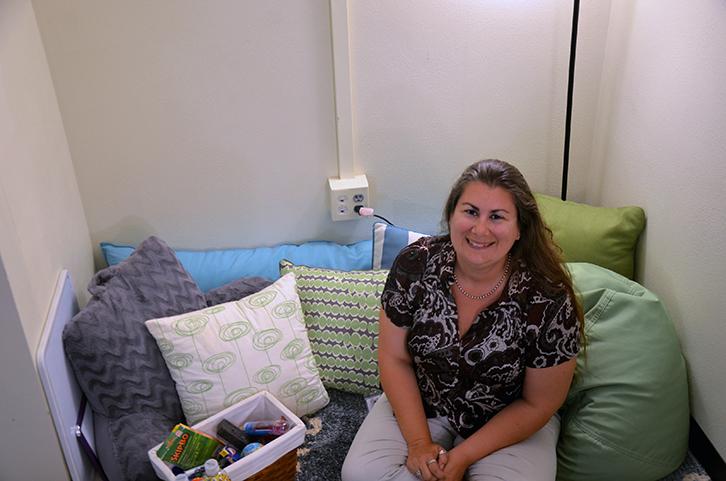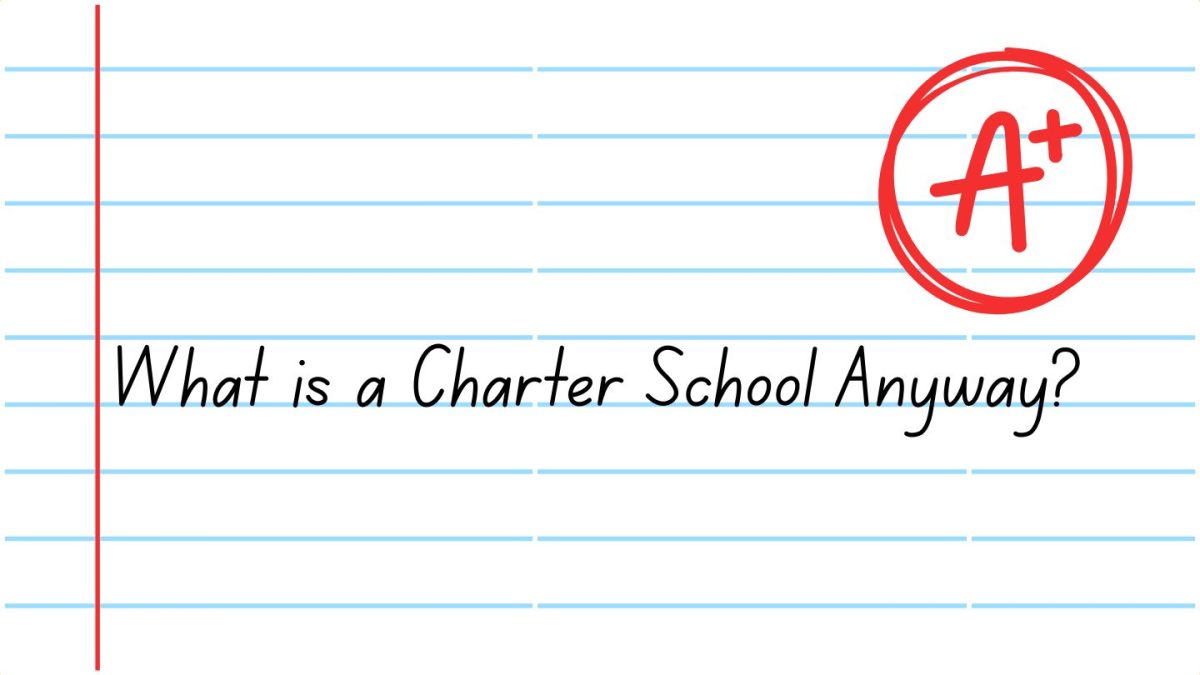Underneath the stairwell nearest the tennis court doors Amy Ziegenhorn works in her new office.
Up until this year, the high school did not have a in school therapist available for in school sessions. “As school counselors, we have a lot of different responsibilities,” Erica Stablum, one of the counselors said. “Due to time constraints, we aren’t able to provide weekly therapy sessions to students.”
With roughly 1,600 students and only five counselors, each counselor has about 300-400 kids they are accountable for. “We do have conversations at times about social, emotional issues but we can’t really provide that ongoing therapy that some students need,” Stablum said.
There are ways to have therapy covered, most it would be insurance. “If a student doesn’t have insurance or if there is a copay to their insurance we have a grant of money that covers any expenses outside of the insurance cost,” Ziegenhorn said. There is no out of pocket expense to parents or students.
Ziegenhorn was hired as the school began to build and develop its mental health program. Ziegenhorn finds her strengths in being a good listener, being empathetic and being acceptant.
The length of a session is a class period so if a student has a study hall, therapy will not take up half their day. To receive school therapy there is a referral process in which a guidance counselor, friend, parent or teacher can refer a student to receive therapy. However, if an individual can refer themselves if they feel they want to talk to Ziegenhorn.
Ziegenhorn plans on having a caseload of anywhere from 35-45 students. There are an additional of three other counselors who work for the school district. One will go back and forth between the two middle schools, while the remaining two will cover the elementary schools.
Of the students within the district that have been to therapy, Michael Watkins ’18 thinks of therapy as a positive resource for students and himself personally. “The mental [disorders] I have aren’t [curable],” Watkins said. “But now we can help mitigate them through both pharmaceuticals as well as not pharmaceutical methods, remembering things, simple mind tricks, things like that.”
Watkins was able to learn through several therapy techniques how to cope with his disorders. “Once you have assistance and you actually listen and try to put forth effort you can help solve quite a lot of problems,” Watkins said. “Because most of them are solvable.”















